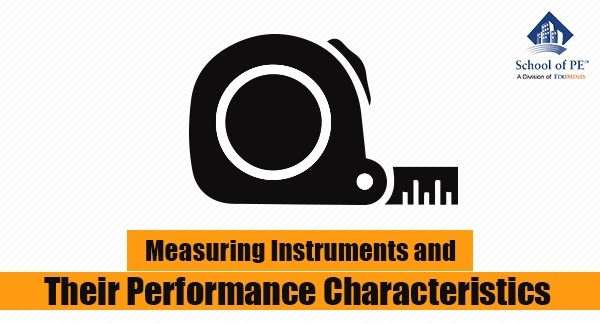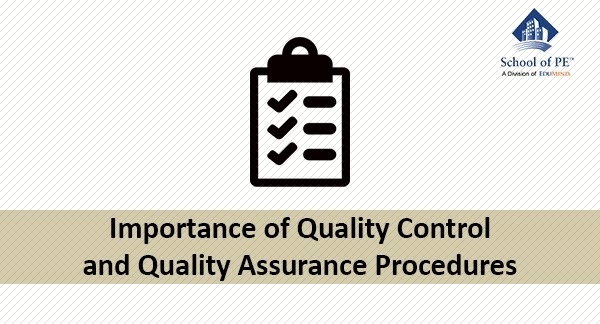Soil erosion control is the process of minimizing the potential for soil erosion. Erosion control measures have proven to reduce erosion potential by stabilizing exposed soil and reducing surface runoff flow velocity.
Erosion and sediment control measures are classified into two categories:
1. Temporary control measures
2. Permanent control measures
Temporary soil erosion control measures are created to control soil erosion during the construction phase. Once the project has been completed and permanent measures have been installed, the temporary measures are completely removed.
Permanent soil erosion control measures are incorporated into the overall design to address long-term post-construction erosion and sediment control. Soil erosion control measures and stormwater management practices are thoroughly reviewed in our PE Civil exam review courses.

Erosion Control Methods:
Source control of runoff flow
The primary goal of source control is to protect exposed earth surfaces from the erosive energy of rain splash and surface runoff flow. Cover is the most effective erosion control method for preventing soil erosion. Cover includes top soiling in conjunction with one or more of the following methods: seeding, mulching, hydroseeding, sodding, erosion control blankets, turf reinforcement matting (TRM), riprap, gabion mat, aggregate cover, and paving.
Runoff control during project work
During the construction of a project, it is not possible to provide surface cover for all disturbed areas. Runoff control methods, such as slope surface modification and slope gradient reduction, are employed to prevent soil erosion.
Bio-engineering methods
Revegetation of exposed soil with grass and plant growth on topsoil is the main bio-engineering soil erosion control method. This method is a permanent soil erosion control measure that uses the roots, stems, and leaves of vegetation to reduce the potential for soil erosion.
Bio-engineering involves the introduction of foliage that decreases the impact of rain, leading to infiltration of rainwater into the soil and resulting in anchoring the soil with root systems. As the plants grow, the bio-engineered erosion control system continues to strengthen. Bio-engineering methods provide a simple and cost-effective measure for controlling long-term erosion problems.
Terracing
Terracing prevents and reduces erosion caused by surface runoff by decreasing the incline and length of hillside slopes. Terracing is a land shaping method in which earth embankments and ridges are redesigned for the interception of runoff water, which in turn channels it into a specific direction and outlet. Terraces can be classified by two types: bench and broad base terraces. The bench terrace is the oldest form of terrace and is used to reduce land slope; broad base terraces are used to control and retain surface water on sloping land.
Vegetated waterways
Vegetated waterways protect soil against the erosive forces of runoff from sloping lands. These waterways absorb the destructive energy, which causes channel erosion and gully formation. Depending on the climate and functional requirements, waterways can have cross sections in parabolic, trapezoidal, and triangular forms.
Contouring
Contouring involves the tillage and planting of crops on the same elevation or "contour." Water is restrained between the contours, which moderates water erosion and increases soil moisture. With stable soils, contouring leads to reduced soil loss.
Soil erosion is an important topic to understand for the PE Civil exam. Our PE Civil review courses thoroughly discuss soil erosion and the methods used to prevent it.



